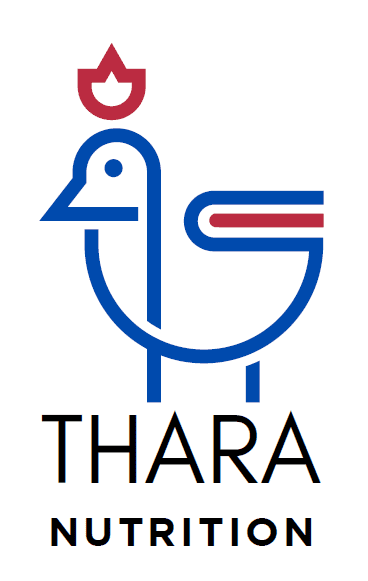As a preanesthetic adjuvant:
a) In geriatric patients: 0.01–0.02 mg/kg IM, IV; do not use anticholinergics indiscriminately in geriatric patients. (Carpenter et al. 2005)
b) 0.074 mg/kg IV, IM or SC (Package Insert; Atropine Injectable, S.A.—Fort Dodge)
c) 0.02–0.04 mg/kg SC, IM or IV (Morgan 1988)
For adjunctive treatment of bradycardias, Incomplete AV block, etc.
a) During cardiopulmonary cerebral resuscitation (CPCR) efforts: 0.04 mg/kg IV or IO; can repeat every 3–5 minutes for a maximum of 3 doses. For intratracheal (IT) administration: 0.08–0.1 mg/kg; dilute in 5–10 mL of sterile water before administering (Plunkett & McMichael 2008).
b) 0.02–0.04 mg/kg IV or IM (Russell & Rush 1995)
To differentiate vagally-mediated bradyarrhythmias from non-vagal bradyarrhythmias (Atropine Response Test):
Rishniw Preference: 1) Record ECG at baseline; 2) Administer 0.04 mg/kg atropine IV; 3) Wait 15 minutes; 4) Record ECG for at least 2 minutes (use slow paper speed). If the response is incomplete, repeat steps 2–4. Persistent sinus tachycardia at >140 bpm is expected in most dogs with vagally-mediated bradycardia.
Kittleson Preference: 1) Record ECG at baseline; 2) Administer 0.04 mg/kg atropine SQ; 3) Wait 30 minutes; 4) Record ECG for at least 2 minutes (use slow paper speed). Persistent sinus tachycardia at >140 bpm is expected in most dogs with vagally-mediated bradycardia. (Rishniw & Kittleson 2007)
For treatment of cholinergic toxicity:
a) 0.2–0.5 mg/kg; 1/4 of the dose IV and the remainder IM or SC (Firth 2000)
For treatment of bronchoconstriction:
a) 0.02–0.04 mg/kg for a duration of effect of 1–1.5 hours (Papich 1986)






